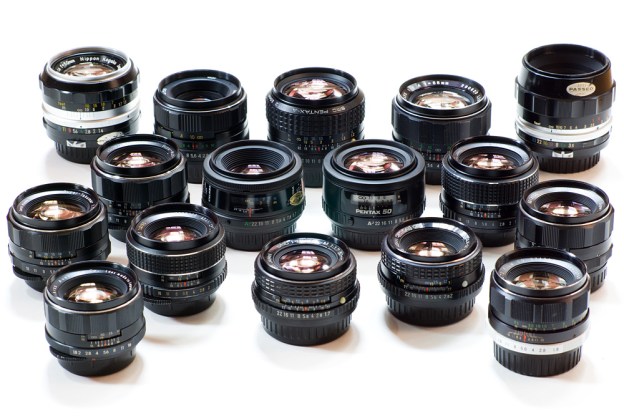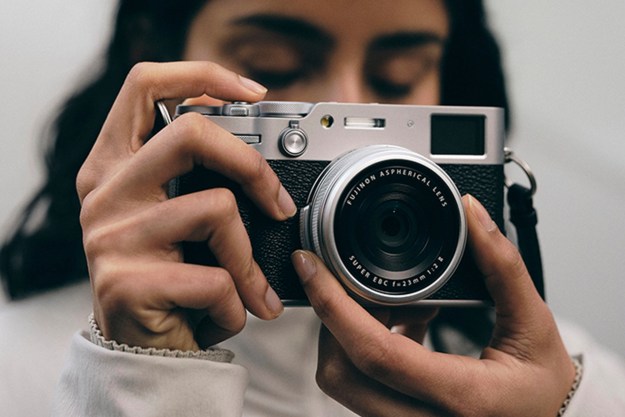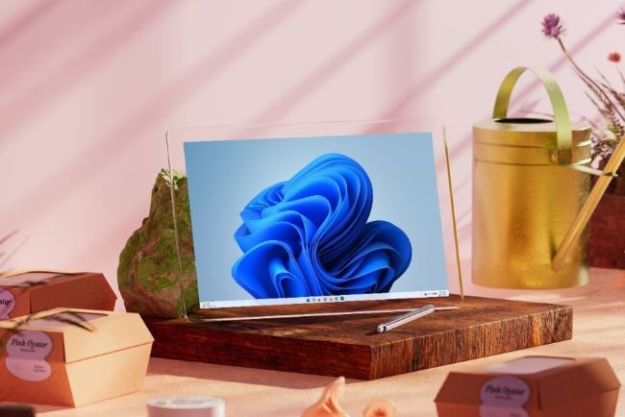 Congratulations: you’re the proud new owner of an interchangeable lens camera. After diligently learning to use manual settings, you’ve tired of your pocket cam and moved on up to the world of advanced imaging systems. Whether you’re working with a sleek micro-four-thirds device or a full-bodied DSLR, it’s a big step.
Congratulations: you’re the proud new owner of an interchangeable lens camera. After diligently learning to use manual settings, you’ve tired of your pocket cam and moved on up to the world of advanced imaging systems. Whether you’re working with a sleek micro-four-thirds device or a full-bodied DSLR, it’s a big step.
And one that will require some instruction. The first step is to learn your lenses. What’s the point of using an ICL camera if you aren’t going to switch out your glass? Here’s an introductory course to get you started.
Zoom

But back to their positive attributes. The best part about a zoom lens is how multi-faceted they are: if you don’t want to back a bag of lenses, taking a versatile zoom can be a good choice. They can range from telephoto (think movies where the spy is zooming in to photograph his subject at a laughably far range) to more wide-angle, or better for closer shots. Don’t push it though: zoom lenses aren’t capable of wide-aperture image capture.
Focal length (35mm equivalent): Most have an 18-200mm range.
Best used: In addition to obviously being best for distance shots, they are a good travel lens in case you don’t have room to spare.

Prime

In generall, prime lenses are faster and capable of larger max apertures, great for producing sharper, less noisy results.
Focal length (35mm equivalent): These tend to have somewhere between a 35- to a 85mm focal length.
Best used: Action scenes you need a fast, bright lens for will benefit from a prime lens. If your photos are turning out slightly noisy and you don’t think it has anything to do with your settings, you might want to opt for one of these as well. Poorly lit situations will also benefit from a prime lens.

Macro

Focal length (35mm equivalent): Most macro lenses have a 45- to 100mm focal length.
Best used: Extreme close-ups—like bugs, plants, or other small details. If you’re getting ready to shoot and think that whatever you’re trying to capture would look good magnified, then you know you want a macro lens.

Wide-angle

Focal length (35mm equivalent): Usually anywhere between a 10- to 35mm focal length.
Best used: When you’re trying to capture an entire scene or monument, a wide-angle lens is a good choice. Interior designers and landscaper photographers often use these lenses, but be aware you can get some photo manipulation on super wide-angle lenses. And sometimes this is exactly what you want.

Pancake

Focal length (35mm equivalent): Typically around 25mm.
Best used: On the go. These things are as slim as can be, and talk about shallow depth of field. They can be useful when you want your subject to pop from the background.



